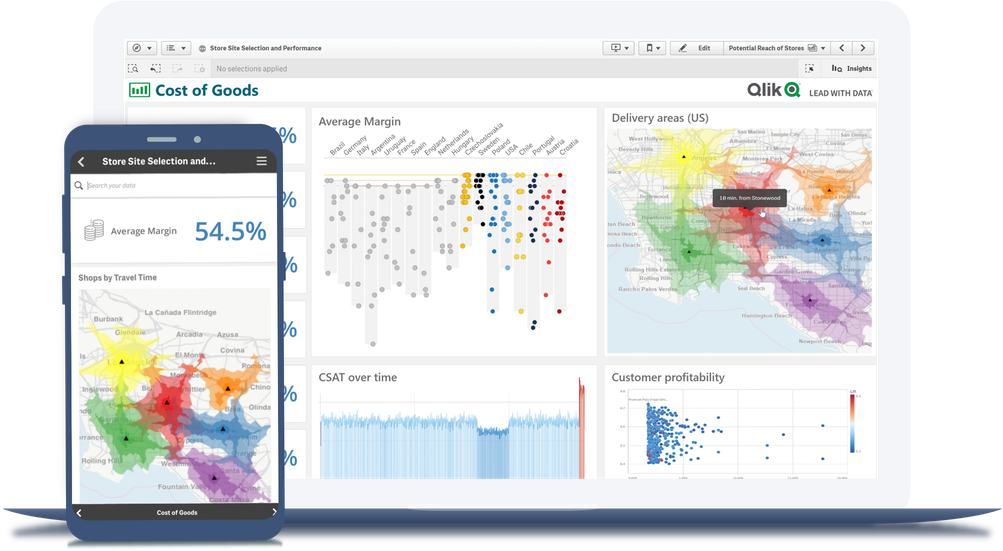Compare Qlik vs Tableau
This guide provides an in-depth comparison of two top BI tools to help you select the right solution for your organization.
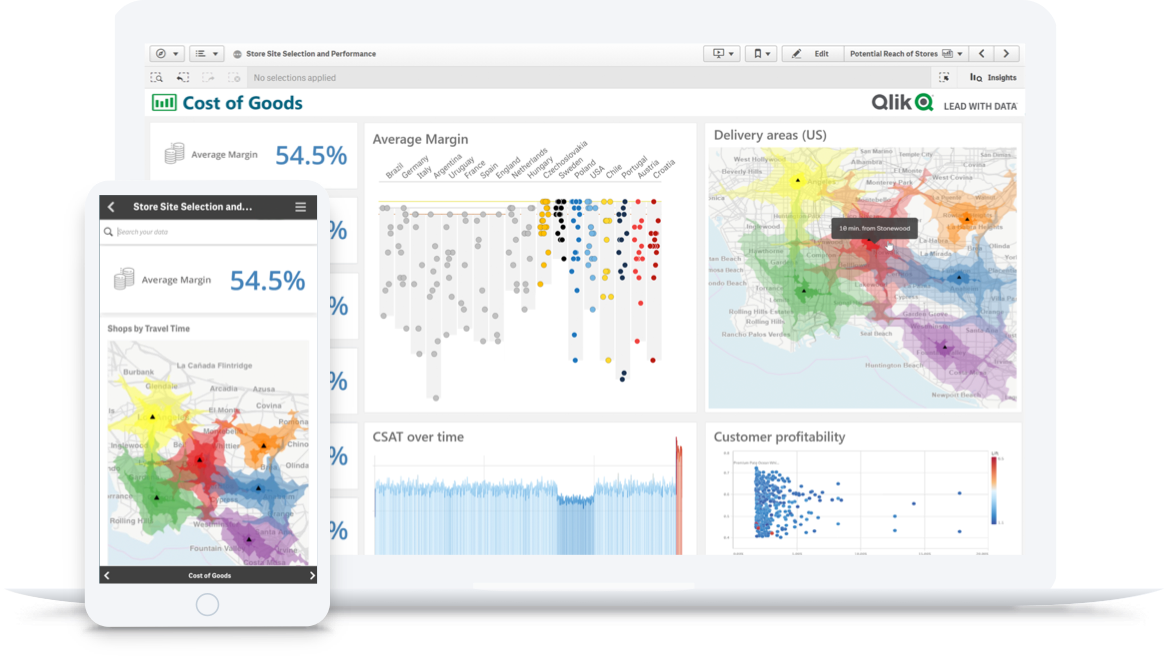
Qlik vs Tableau: Evaluation Guide
When evaluating Qlik vs Tableau, consider both your immediate needs as well as the larger role that BI and analytics can play across departments and with customers and partners. Read on to find out how Qlik and Tableau compare on 12 key factors.
Popular resources to help you compare BI tools
-
Comparison Guides
See how top BI and analytics tools compare on the 12 key factors you should consider in your evaluation process. -
Hear from your peers
See why real-world BI users ranked Qlik Sense® #1 in Business Value and Analyses in BARC’s BI & Analytics Survey 22. Overall, Qlik Sense ranked #1 in 6 KPIs and a leader in 45 more. -
Get the buyers guide
BI initiatives come with many functionality requirements and priorities, so finding the right platform can be tough. Our guide on how to choose a modern analytics platform will help.
Comparison on 12 Key Factors
There are many BI vendors for you to choose from. But in their 2022 report, Magic Quadrant for Analytics and Business Intelligence Platforms, Gartner named only three as “Leaders”: Power BI, Qlik and Tableau. This guide compares Qlik vs Tableau on the 12 factors below.
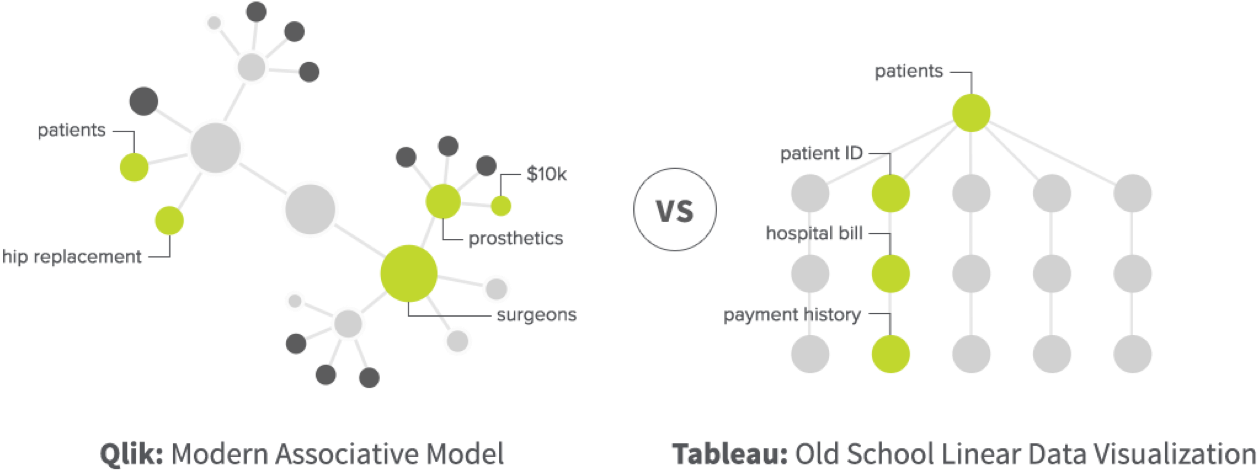
Data Visualization
All top BI tools allow you to visualize data in interactive charts, graphs and maps. Keep in mind that you and your stakeholders will want to explore all your data in any direction, directly from within the visualization. This will let you uncover relationships you may not have considered when you or an analyst first set up a query.
-
Qlik Sense
Qlik offers a full suite of interactive visualizations. And, Qlik is built on an “associative” data engine which allows you or any user to explore all your data freely from any angle. Plus, machine learning helps Qlik’s AI learn over time to highlight outliers, suggest new visuals and give you exploration ideas. -
Tableau
Tableau is well known for providing a full range of visualizations. But their query-based approach limits you to predetermined, linear query paths within a specific slice of your data. This means end users aren’t able to explore all the data in any direction.
“The ‘Associative Engine’ is what sets Qlik apart from other BI solutions.”
-Grzegorz Dadowski*

Interactive Dashboards
Many tools let you produce dashboards. But like visualizations, you’ll want to freely explore all your data, from any angle, directly from within the dashboard. Plus, you should expect AI to help you highlight outliers, create charts, and suggest new visuals.
-
Qlik Sense
Qlik’s data engine allows you or any user to explore all your data freely with the dashboard. Qlik’s machine learning also makes their dashboards more powerful by compressing large data sets, revealing the shape of your data, and pinpointing outliers. -
Tableau
Tableau provides interactive dashboards. However, their SQL-based approach limits your filtering and exploration to the query paths and data set which the original author selected.
“Qlik is way more user-friendly. It’s easier to use filters, to do powerful drill downs, and it has intuitive dashboards.”
-Benoît Gochel*
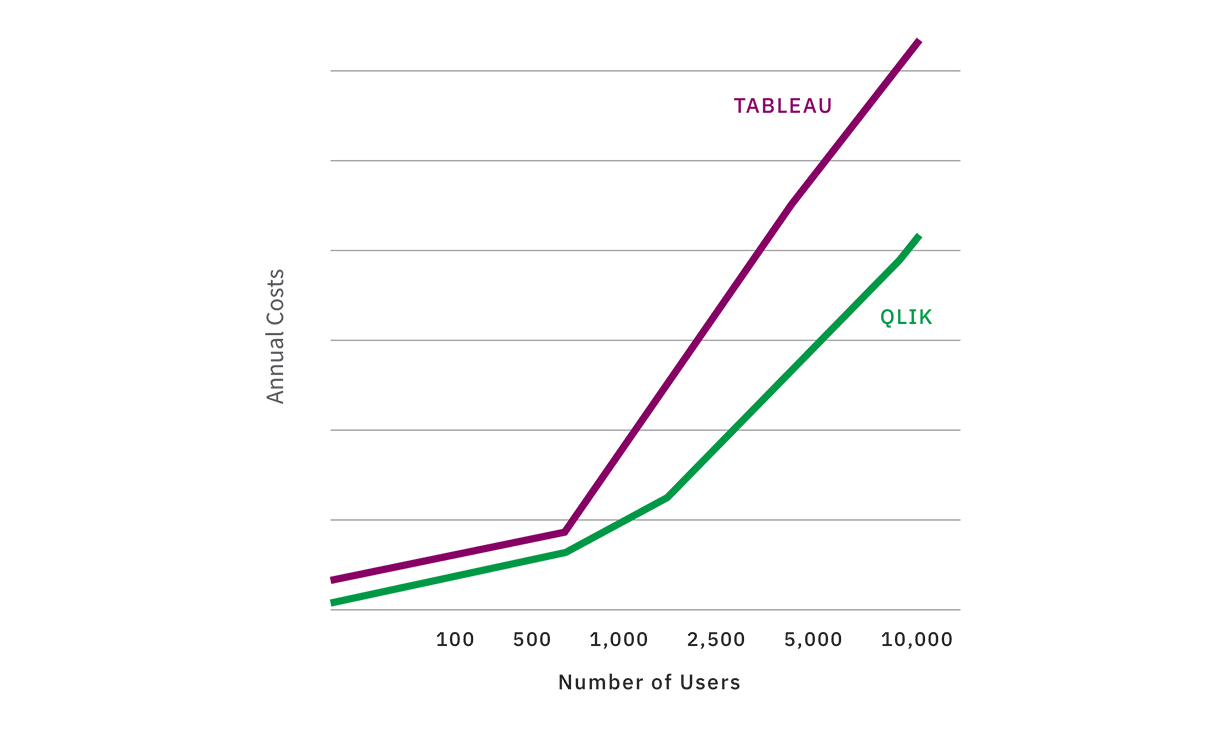
Total Cost of Ownership
There's more to making a BI platform investment than just the initial purchase. The Total Cost of Ownership (TCO) factors in all the costs associated with using a BI solution for 3 to 5 years, such as infrastructure, systems setup and app development, and systems admin and support.
-
Qlik Sense
Qlik’s total cost of ownership is lower than Tableau. And Qlik has no additional or hidden costs as you scale. -
Tableau
Tableau requires additional investments as you scale. Learn more.
“The price comparison is very misleading.”
- Tomasz Wojcik, Thermoplast*

AI-Powered Analytics
Artificial intelligence and machine learning are resetting the expectations of a modern BI tool. Augmented analytics suggests new insights and connections and this helps you quickly analyze your data, increases your productivity and helps you make better data-driven decisions.
-
Qlik Sense
Qlik has a full range of AI capabilities which are built into the platform at a foundational level. This allows Qlik's AI to be an always-on engine within the context of the analysis you’re performing and to suggest insights and new connections as you explore your data. -
Tableau
Tableau’s AI feature, called Ask Data, was a later addition to the tool, which means it’s not core to the platform. It doesn’t work with the business logic built into workbooks because it can’t access workbooks and it only connects to data sources, so it can’t leverage the insight your analysts have built.
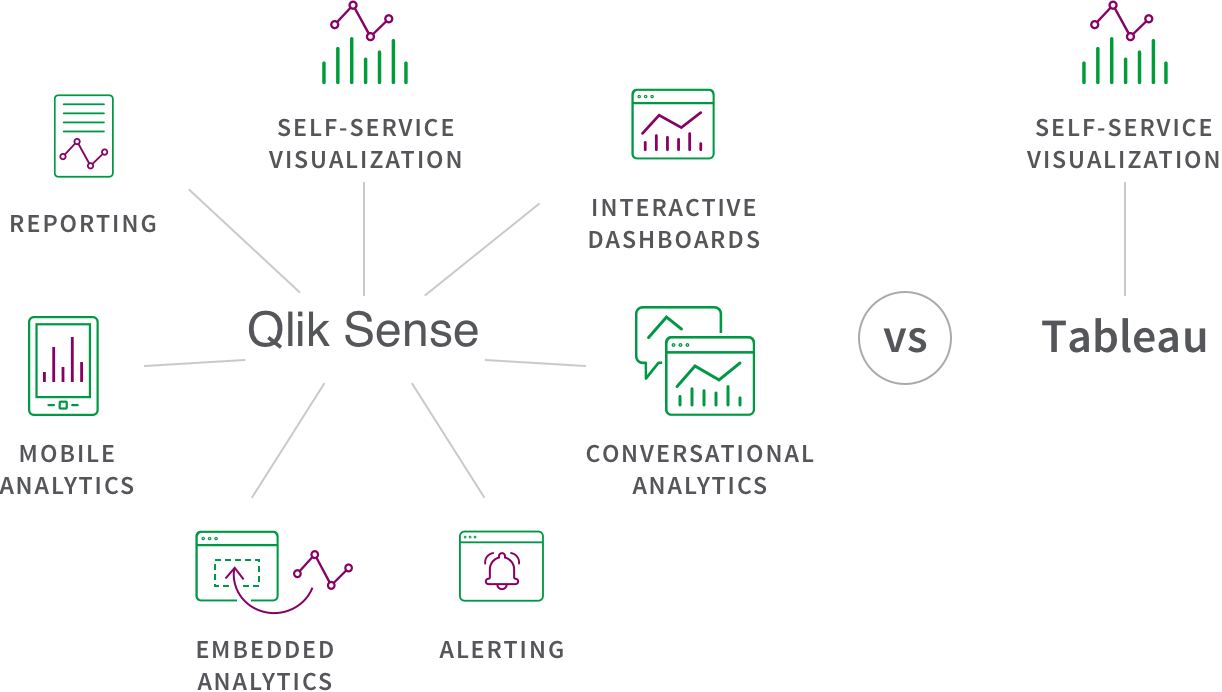
Many Use Cases (On One Platform)
All users in your organization should be able to perform all BI use cases using the same data and the same platform. This is because you may have many different types of users, such as analysts, engineers and businesspeople performing many different use cases, such as visualizing data, embedding analytics, or sharing dashboards.
-
Qlik Sense
All users in your business can perform all activities, from data analysis to data visualization, on the same platform with a common analytics data pipeline, analytics engine and AI capabilities. -
Tableau
Tableau is primarily an authoring environment for analysts to create data visualizations.
“Qlik has more features and is very easy to use. It handles more data, and publishing apps is simple.”
- Taj Mohamed*
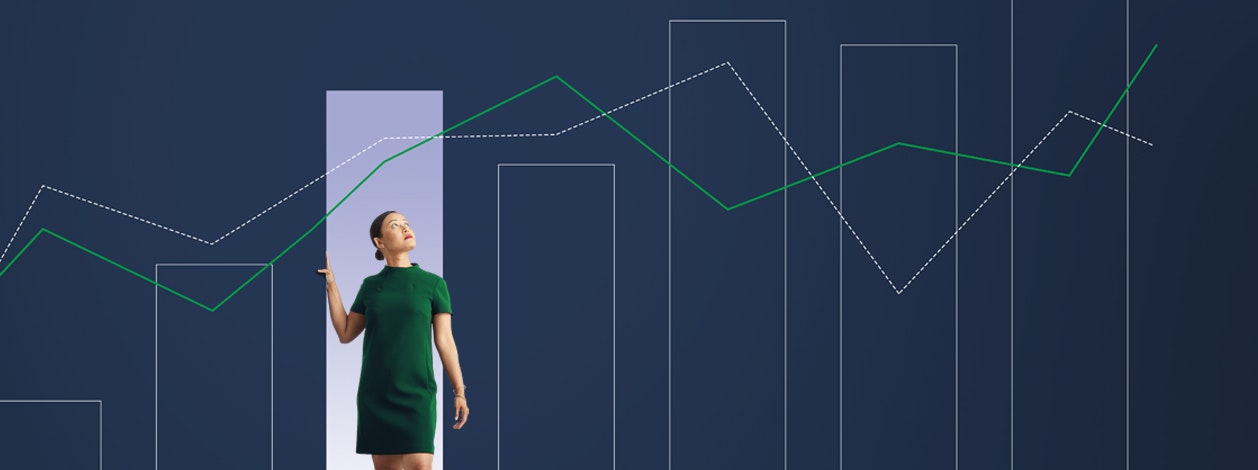
Governed Self-Service
You want everyone in your organization to trust their data, analytics and insights. You also want everyone to work quickly without having to wait for IT or analysts. This means your tool should allow you to control your data and content with a centralized management capability that uses rules-based governance.
-
Qlik Sense
Qlik centralizes and unifies your data in the cloud, creating governed data models with robust data security. And all content creation happens in the cloud, where it’s governed and controlled at every step. Plus, governed libraries provide reuse and standardization for analytics. -
Tableau
Tableau allows any user to make their own copy of copy of content. It can take you considerable time and effort to manage all these iterations.
“Qlik’s powerful scripting engine, innovation and focus on security are just some of the reasons we moved from Tableau to Qlik.”
- Abhilash Sidipohu*
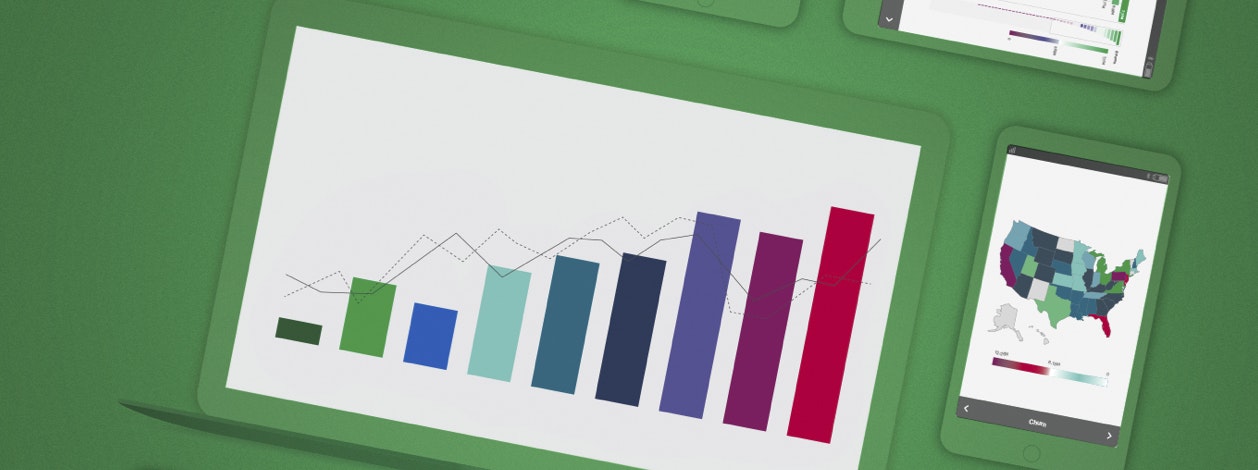
Mobile BI
While comparing Qlik vs Tableau, keep in mind that you and your teams need to be able to explore and analyze data and share insights wherever you happen to be.
-
Qlik Sense
Qlik offers a full-native mobile app and responsive design and touch are native to the Qlik platform. The app offers fully interactive online and offline exploration and integrated alerting with push notifications. -
Tableau
Tableau only lets you download one sheet from a workbook on a mobile device. And you’re not able to filter; you’re only able to highlight one value at a time and scroll to find that value in related charts.
“Qlik is much more intuitive and offers way better mobile support than Tableau.”
-Ryan Hanson*
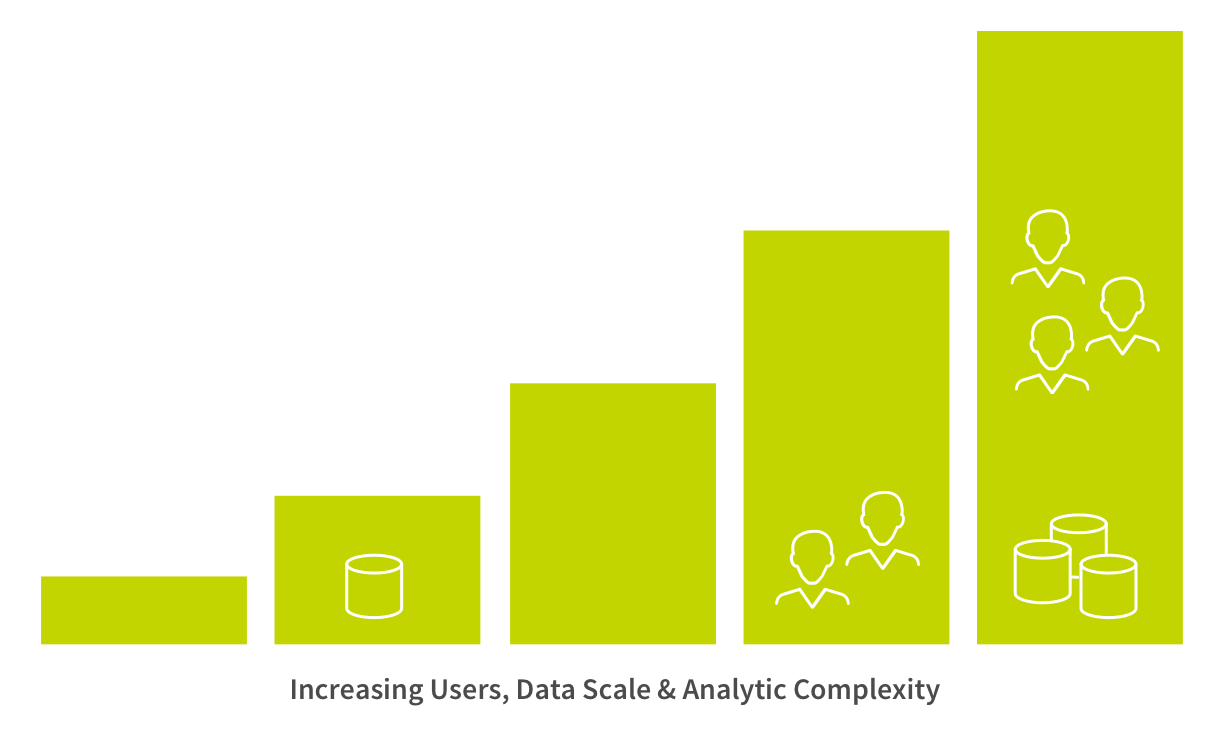
Scalability
You need a complete, up-to-date view of all relevant data in order to uncover insights. This means you’ll need a tool which can handle data at any scale without compromising performance or driving up costs and can integrate and combine data from any source, as close to real-time as possible.
-
Qlik Sense
Qlik’s associative engine provides instant calculation performance, even with massive data sets, real-time data and high numbers of users. And, due to Qlik’s ability to add, modify and remove records, you can keep data fresher in a much smaller build window. -
Tableau
Tableau’s engine slows dramatically when it tries to handle large volumes of disparate data, especially if performing complex analytics. Plus, Tableau won’t let you increment data and keep it fresh in small build windows.
“Qlik is more cost-effective and better at handling big data with modern visualizations.”
-Mattheus Roux*
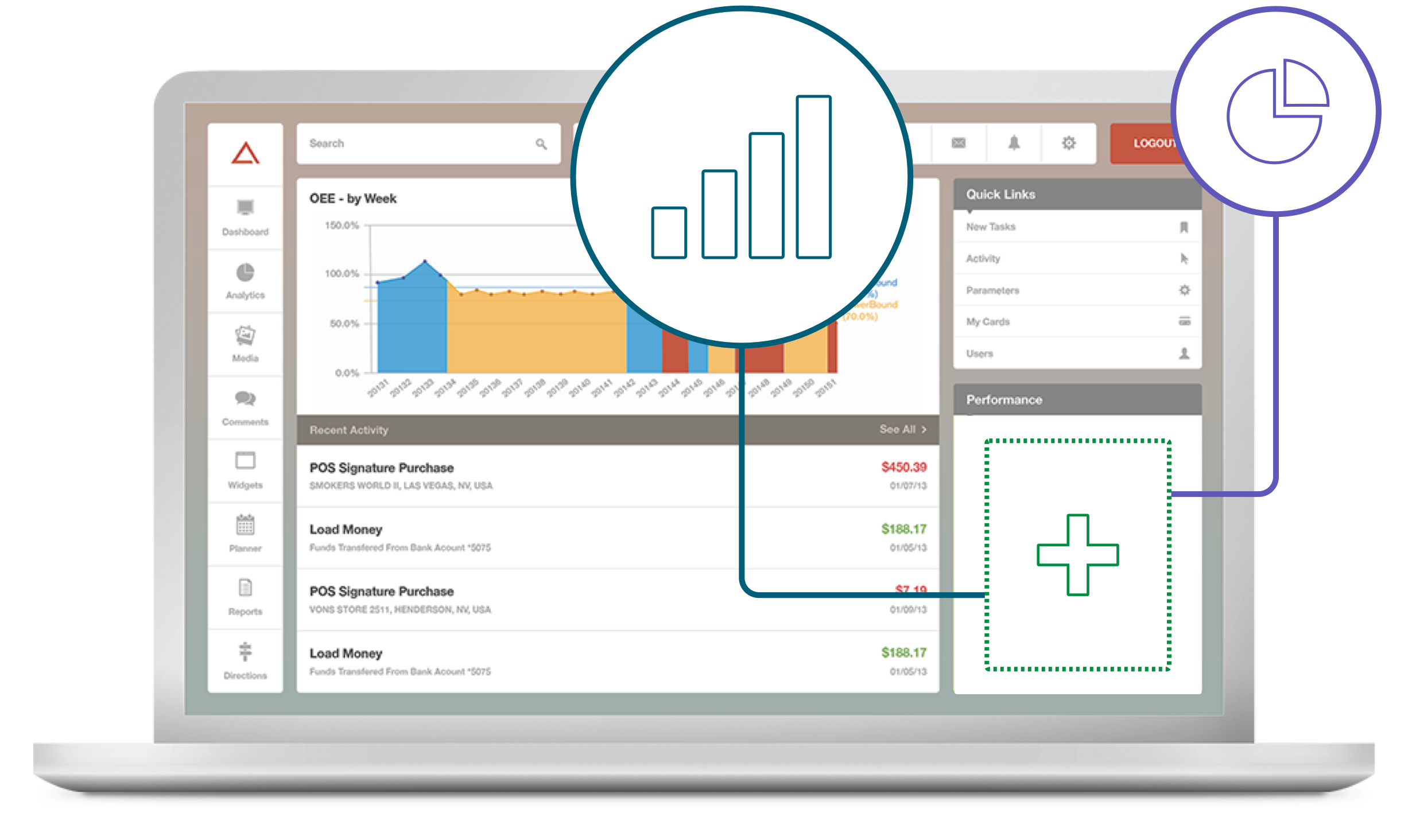
Embedded Analytics
Embedded analytics refers to incorporating full analytics capabilities within other processes, applications, and portals across an organization. It lets your employees, partners, suppliers, and customers make better, data-driven decisions from within the systems they already use.
-
Qlik Sense
Qlik’s platform was built API-first using modern standards. This means you can embed a dashboard–and individual numbers, values, and metrics–within the latest web and application technologies. -
Tableau
Tableau’s APIs are limited, which means you can only embed a complete dashboard, not individual values.
“Qlik visualizations are cleaner in my opinion and the open source developer community is a great resource when looking for just the right method or extension to tell our data stories.”
-David Tate*
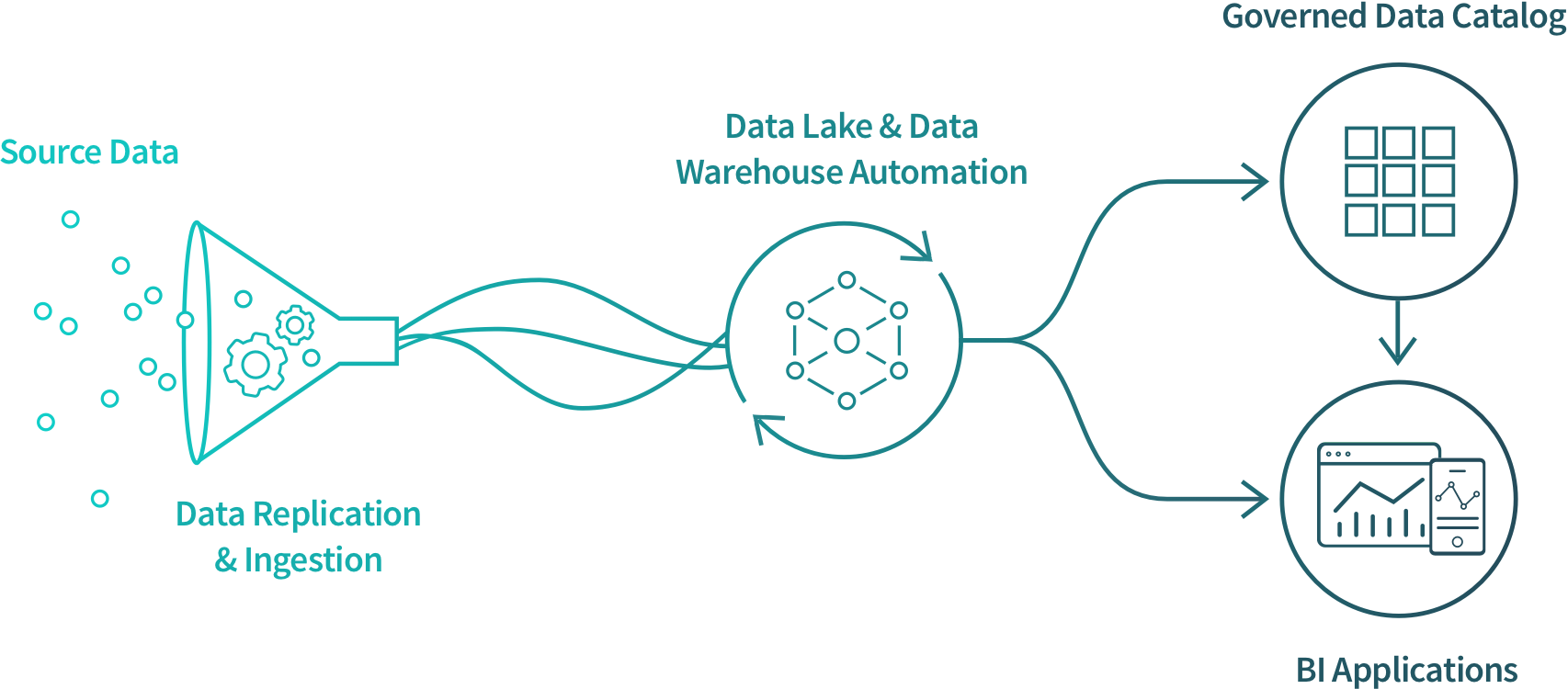
Data Integration
Data integration means bringing together and transforming raw data into analytics-ready data. Modern BI tools can leverage real-time data integration technologies like change data capture and streaming data pipelines to make data available across your enterprise.
-
Qlik Sense
Qlik Sense has built-in, best-in-class data integration capabilities for combining and transforming data as well as data cataloging. Plus, Qlik also offers an enterprise class data integration platform which provides a seamless analytics data pipeline. -
Tableau
Tableau Prep and Tableau Desktop do provide data prep capabilities. However, each product solves a different problem and neither one solves them all. You would need to select Desktop or Prep and then find other solutions for the data issues Tableau can’t solve.
“Qlik has everything integrated. You can load millions of rows in short periods and process it with greater agility than other tools.”
-Eduardo Ponce*
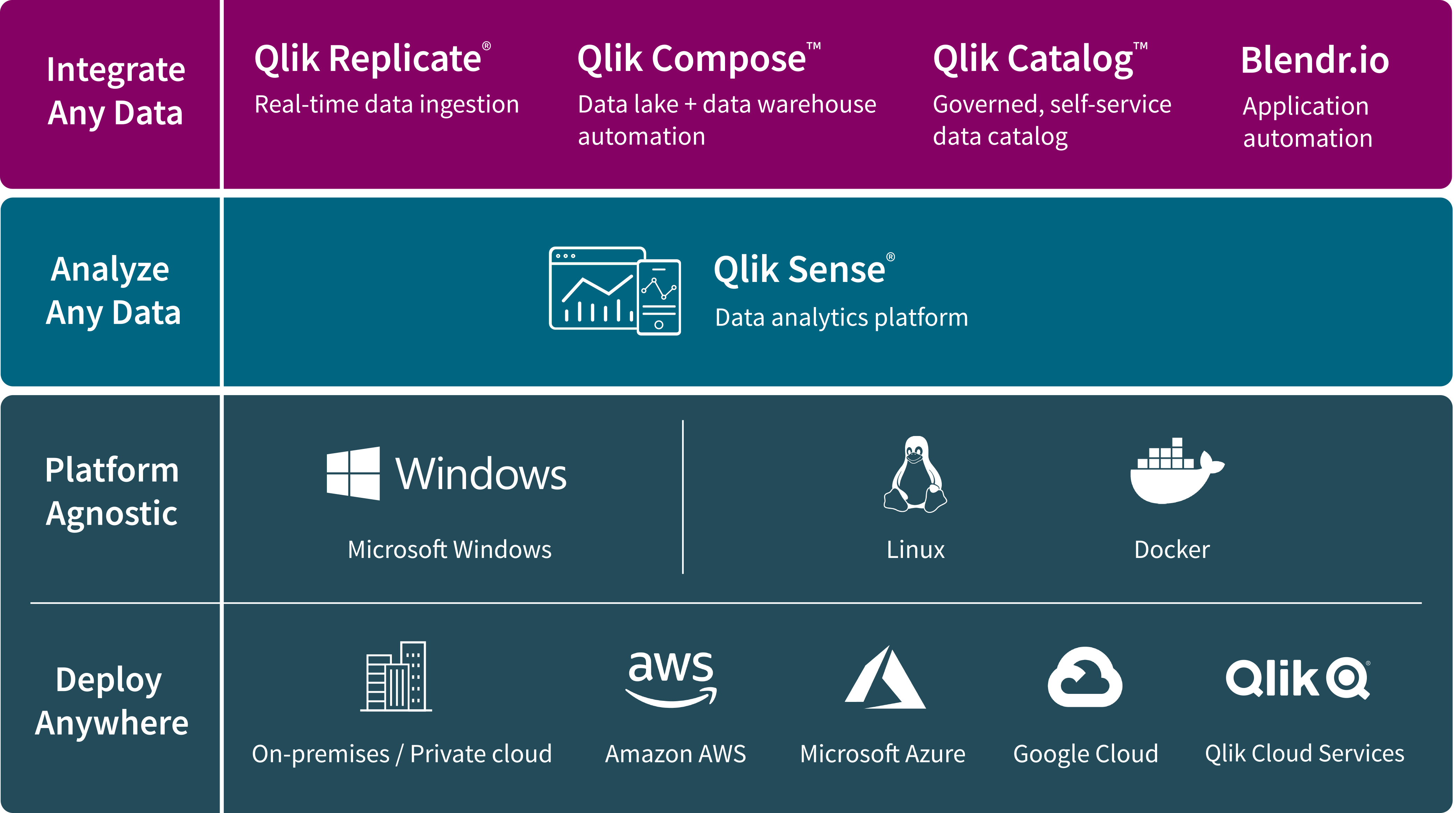
Flexible Deployment
You shouldn’t be limited in your cloud strategy options or have to build new infrastructure. Your BI tool should have a platform-agnostic, multi-cloud architecture that lets you deploy in any environment, from on-premise to cloud hybrid.
-
Qlik Sense
As an independent company, Qlik offers you total freedom and control of your data. Qlik also provides a full enterprise SaaS environment and on-premise or private cloud options. Learn more. -
Tableau
Given that Salesforce now owns Tableau, you might wonder where your data could end up and whether it could get locked in.

Data Literacy Support
Most vendors will teach you how to use their tool. Today, you need more. You need people at all levels of your organization to be data literate. They should be able to ask the right questions of data and machines, make data-driven decisions, and communicate meaning to others.
-
Qlik Sense
Qlik makes it easy for anyone, at any skill level, to explore their data. Plus Qlik offers data literacy training for any user. -
Tableau
Tableau requires you to be an author to interact with data and to benefit from Tableau’s data literacy initiative. All other users have to go back to the author for a new report when they want to explore deeper.
“Such a great focus on developing data literacy!”
-Mitch Speer*
Popular resources to help you compare Qlik vs Tableau
-
 Analyst Report
Analyst Report2022 Gartner Magic Quadrant for BI and Analytics
-
 E-Book
E-BookBuilt for Transformation: How Qlik Gets You Farther, Faster in the Digital Era
-
 Whitepaper
Whitepaper3rd Generation BI – Accelerating Data Literacy in the Analytics Economy
-
 Whitepaper
WhitepaperQlik Sense Enterprise SaaS Technical Overview
What is the difference between QlikView® vs Tableau?
Why do customers choose Qlik?
Compare Qlik Sense® to other data analysis tools and you’ll see why Qlik sets the benchmark for a new generation of data analytics. Our one-of-a-kind associative analytics engine and sophisticated augmented analytics let you freely explore all your data to make bigger discoveries and uncover insights you can’t find using other data analytics tools.
And with a true governed multi-cloud architecture, deploy any way you want, massively scaling users and data without compromising security or performance. Qlik helps you empower people throughout your organization to make better decisions, take smarter actions and drive stronger business performance, every day.
*Qlik User Survey

